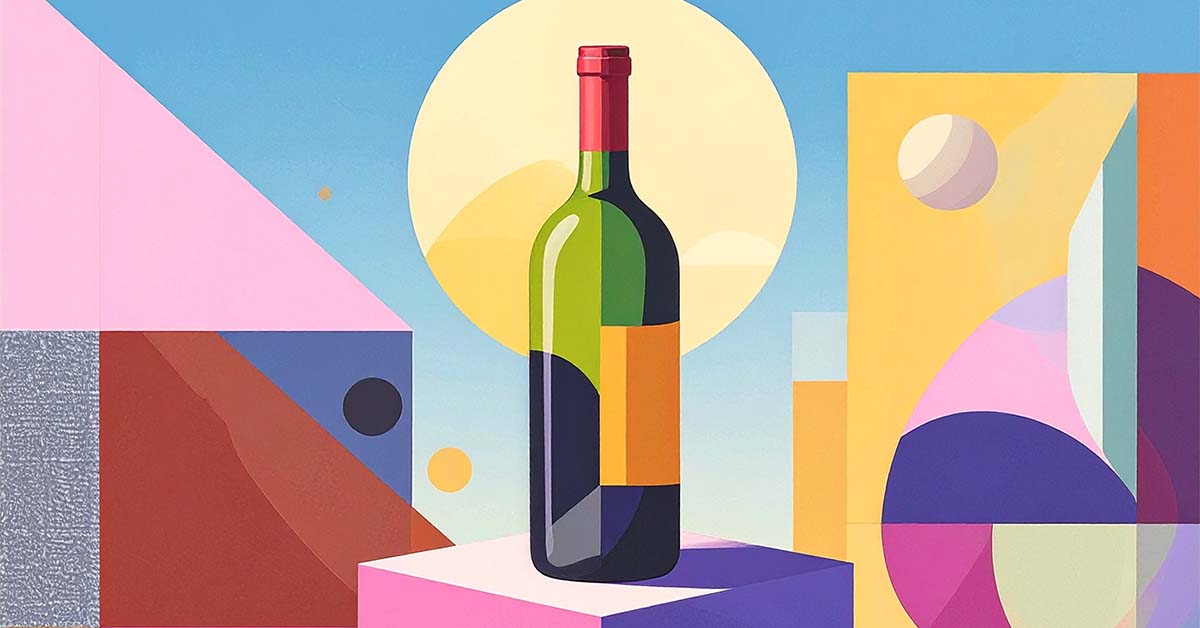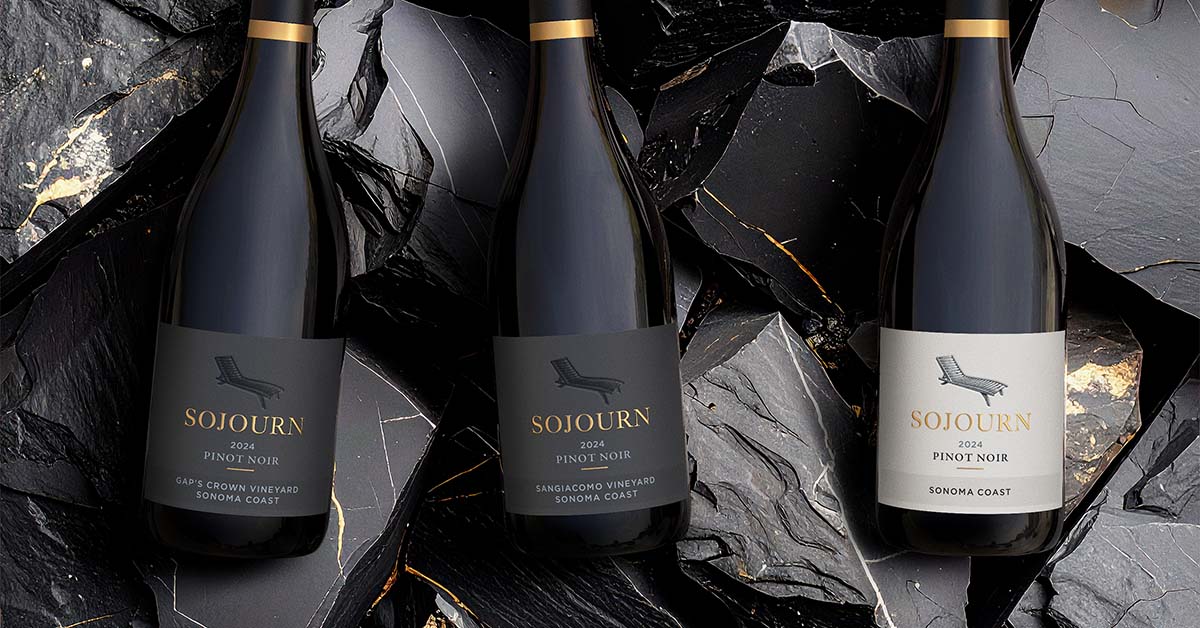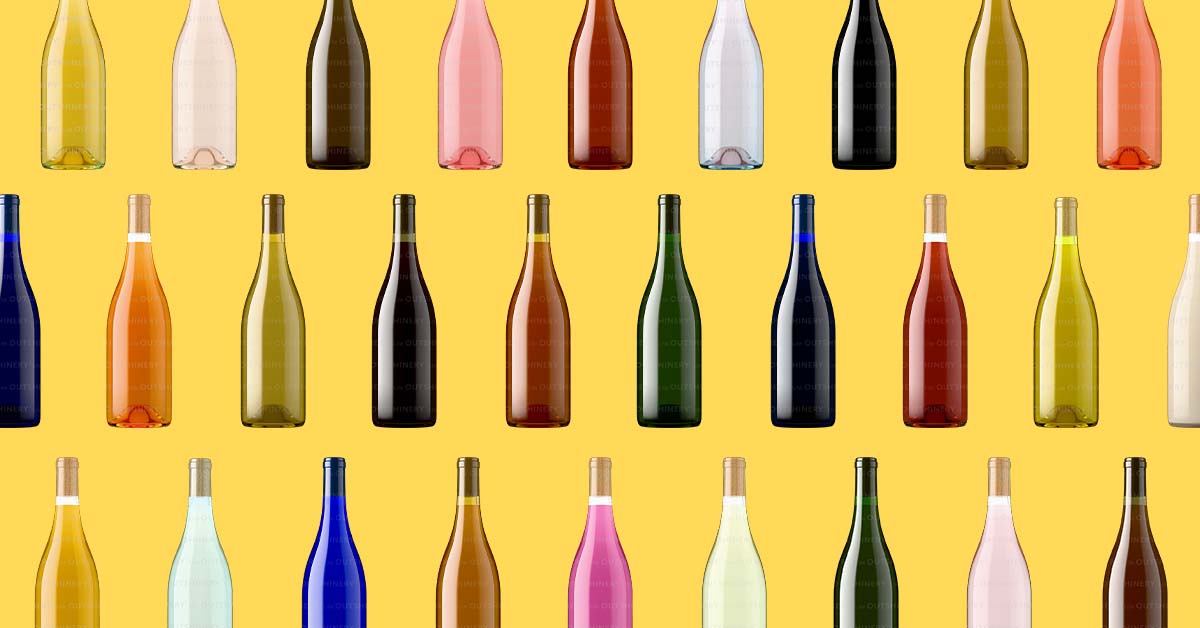7 reasons why alcohol packaging matters for sales
Well-designed products grab attention, inspire confidence, and ultimately lead to more purchases

You’ve got the alcohol thing down. There’s no doubt about the quality of the liquid products you make, but in today’s competitive market, packaging is just as crucial for sales success. Liquor bottles play a crucial role in attracting consumers with their design and quality. Additionally, labels provide essential information such as nutritional facts, ingredients, and safety precautions, enhancing the appeal of the product. It’s the first thing that catches a consumer’s eye and perhaps the only way to stand out if they don’t have prior exposure or knowledge of your brand.
First impressions matter on the digital shelf
Packaging is the primary contact a consumer has with your product and first impressions matter. Studies show that people make up their minds in seconds (or even fractions of seconds) when making a visual decision. The design and material of glass bottles can make a significant impact on first impressions, making the whole bottle and packaging eye-catching, attractive, and legible to grab the customer’s attention. A poorly designed or unattractive bottle and package can deter potential buyers from adding to cart a wine bottle ever.
For more on this very technique, check out this article: How to position your wine bottle and packaging for sales success.

Crafting unique branding and label designs for alcohol brands
The beverage market is competitive, and standing out is key. Unique branding and label designs can help an alcohol brand differentiate itself from the sea of other brands. The right packaging can help with this. Unique, thoughtful, consistent, and authentic designs convey a unique selling proposition, pull the customer in, and foster brand loyalty and trust.

Exploring the perceived value of wine bottles: an analysis.
Packaging can positively influence the product’s perceived value. The design and quality of spirit bottles, just like wine bottles, can also influence perceived value. A wine bottle with lackluster design and low-quality materials may not inspire confidence or suggest bargain wine. High-end (heavy) bottles and premium packaging that are elegant and made from quality materials convey the idea that the wine is special enough that your winery has invested in spot-on design for the consumer’s benefit.
Brands can be subtle in this aspect, but consider the full presentation when deciding on containers, closures, finishes, and typography.

Target market plays a vital role in the beverage industry.
Packaging should indeed be designed appropriately for the target market. Knowing the audience can help wineries, breweries, and distilleries create the appropriate design that resonates with their audience. You can’t please everyone!
According to Ipsos, 72% of U.S. wine consumers say that wine label design certainly does influence their purchase decision. Use this significant lever to influence the people who will most enjoy your wine, beer, or spirits!

Exploring the relationship between alcohol purchasing behavior and environmental impact.
More and more consumers are looking for eco-friendly products and expect the materials that enclose and protect these products to be no less responsible. As of January 2023, 81% of consumers insist on sustainable packaging, according to reporting by Protega. Sustainable gift boxes are becoming popular in the alcohol industry, with brands innovating to create eco-friendly options. Additionally, the use of plastic in sustainable packaging solutions, such as recycled PET and biodegradable biopolymer, is gaining traction. Lightweight bottles, recyclable shipping materials, and alternative packaging are making a strong move in the beverage industry. Brands that demonstrate an awareness of environmental concerns often resonate more with the growing number of people who share similar values.

Storytelling works wonders for alcoholic brands in increasing sales.
Packaging can tell a story about the origins, production methods, and tasting notes of various types of liquor. This can help customers connect with the product on a deeper level and make a purchase decision based on more than just taste profile. This is especially important for retail or ecommerce sales, which don’t allow for conversation with your trusted staff or a tasting room visit that would otherwise solidify your story.

The packaging of alcohol is an essential component of its sales success.
The bottle, composition, and design should cater to the target market, convey a unique selling proposition, differentiate the bottle from other brands, and be practical. Moreover, eco-friendly and expository elements can also impact consumers positively. Ultimately, innovative packaging influences the consumers' experience, which can positively impact sales.
And that's a good thing!










































